HISTORY
JAPAN X HISTORY SINCE 1969.


2012 sees the birth of the brand JAPAN X
select pork from Zao, Miyagi.
Trademark registration number: 5523319

3/11 The Great East Japan Earthquake
The warehouses of the major feed manufacturers in the area (Ishinomaki, Shiogama, Kamaishi, and other cities) suffer extensive damage from the tsunami. With the regular feed supply chain broken down, the farm begins receiving supplies from the Akita and Niigata prefectures in the north west of Japan, as well as the Kanto region and western Japan the day after the disaster, whilst also redistirbuting the feed to supply our partner farms.
Furthermore, as the Sendai Central Meat Wholesale Market had ceased operations a month and a half after the earthquake, we had to rely solely on the support of our domestic business partners to keep distributing our own products and also our local partners nationwide.
The Great East Japan Earthquake forced us to ponder a little bit more about what it meant to be involved in livestock farming from Zao, a small town in the Katta county of Miyagi prefecture.
With TPP talks on the table, we are no doubt on the cusp of an era where quality will be measured on a global scale. As a Japanese brand, this is the perfect opportunity to capitalize on the quality and trust Japan is lauded for, and live up to the name by proudly exporting the finest quality pork we can. It is also an opportunity to plot the course of JAPAN X. With this in mind, we went ahead and developed our own unique formula of feed called "Hinomaru 1”, fine-tuning our pigs even more. Now we are raising "JAPAN X" pigs across all of our farms.
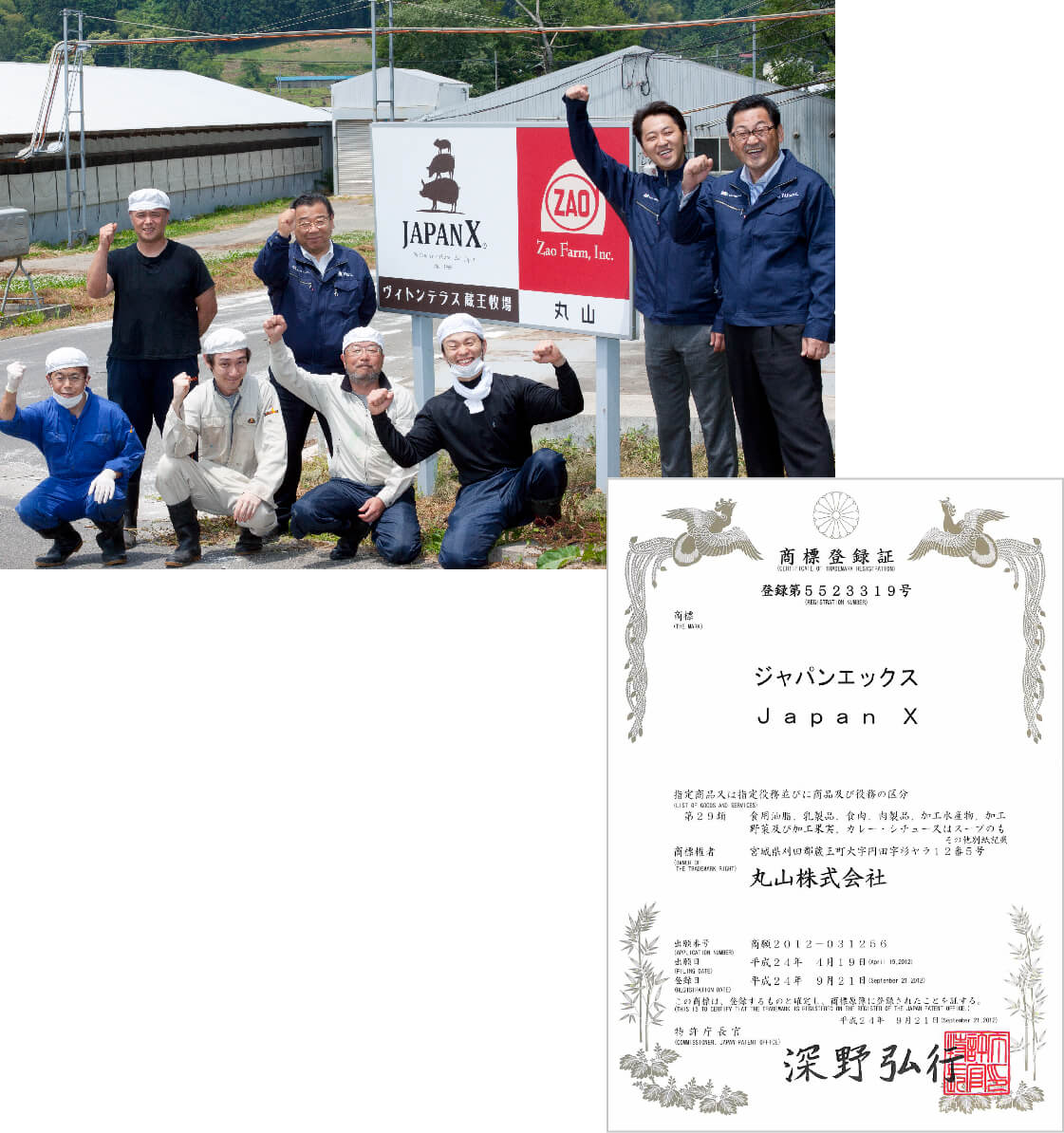



Tontonyama Farm founded and commences operations.
Head office and farm are established in the town of Ichinoseki, Iwate.
Located at an elevation of 787m above sea level, the area is famed for its nature and in fall, the beautiful crimson foliage. The farm was constructed from the bottom up on a spacious site at the base of Mt. Horaisan. The farm measures 198.000m², which equates to 4.3 Tokyo Domes, the largest stadium in Japan.

'Zao Farming Cooperative Inc.', the head farm in the Zao region founded and commences operations.
New livestock farm and head office are established in the Katta County of Zao and operations begin. SPF (Specific Pathogen Free) pigs are embraced to ensure the animals are free of any designated pathogenic bacteria. This innovatively designed swinery leveraged the skills and knowhow that Yoshinobu Sato had acquired during his studies abroad in Europe. The production system in use was revolutionary at the time. In order to evolve as a farm and meet the future demand for safe and reliable livestock products, the Camborough, a new breed of pig is introduced. This new variety was sourced from PIC (Pig Improvement Company), a US company and the largest supplier of sire pigs.
| 1992 | Zao Farming Cooperative Inc. Trademark registered. Registration number: 2410859 |
|---|

Research abroad in Europe to study the latest swinery technology.
As an island nation, Japan at the time was lagging behind the rest of the western world in the advances being made to rearing and infectious disease management.
To fortify operations which had begun pick up steam, the second family president, Yoshinobu Sato, bid farewell to his family and headed for Europe to study state of the art technology being used in the industry at the time, such as improved breeding techniques, feeding systems and farm design. This trip was taken in order to research and plan a new farm which was on the horizon back home, the "Zao Farming Cooperative Inc.". The end goal was to come back with the skills to build the best farm possible, one which embraced the latest technology and also ensured safe and reliable breeding, a field where Japan had definitely fallen behind in. This was essential if we were to offer globally competitive breeds and establish a stable production system.

'Zao Swinery Association' established
A team of six farmers is assembled with Eisuke Sato in charge.
Construction of a farm in Zao, Miyagi Prefecture completed.
Zao Swinery Association, the predecessor of the Zao Farming Cooperative Inc., is established. Built on sweeping lands three times the size of Tokyo Dome, the farm also serves as a specialty distributor of a revolutionary feed mix in cooperation with other farmers to help foster growth in the industry. Nothing comparable had been done at the time
| 1972 | Zao becomes a leading player in the regional pork industry. |
|---|---|
| 1980 | Business growth drives the company to relocate its head office to a new (also the current) location: Sugiyara-12-5 Enda, Zaō, Katta county, Miyagi prefecture. |
| 1984 | As business expands even more, new computer systems are introduced to improve efficiency. |
| 1986 | The company is licensed to operate a transport business for general goods. Five vehicles, three large and two small trucks, make up the initial fleet. |
| 1987 | An agricultural goods processing plant is established in Zao's Takagi Enda. |

Promoted to distributor for Nippon Shared Foods Co., Ltd.
10 years after founding, we are designated by Nippon Shared Foods Co., Ltd. as an official distributor. With our reach broadening, which is no longer just the southern part of Miyagi prefecture, and now includes all Miyagi and Tohoku, we are in a position to support the development of the entire livestock industry (beef, pork, poultry etc.).
Around the same time, our first president Eisuke Sato mused on ways a farmer can run a lucrative business all year round. He reorganized the livestock farming operation in a way that regarded every farmer as part of the family business. This new line of thinking turned out to be a pioneering model for future livestock businesses. It was also what led to the founding of the "Zao Pork Association", the predecessor of Zao Farming Cooperative.

Founding of Sato Shoten
Company headquarters established in Zao, Miyagi. A fruit, vegetable and grains sales division are also established. Eisuke Sato nominated as first company president. The company goes through a handful of name changes as the vision and business evolves - Sato Shoten (1958), Maruyama Shoten (1963), Maruyama Shoten Inc. (1971), Maruyama Inc. (1989 until today).
| 1960 | Establishment of feedstocks sales division |
|---|---|
| 1962 | Establishment of livestock sales division We begin distribution with dressed weight consignments, a first for the region. |
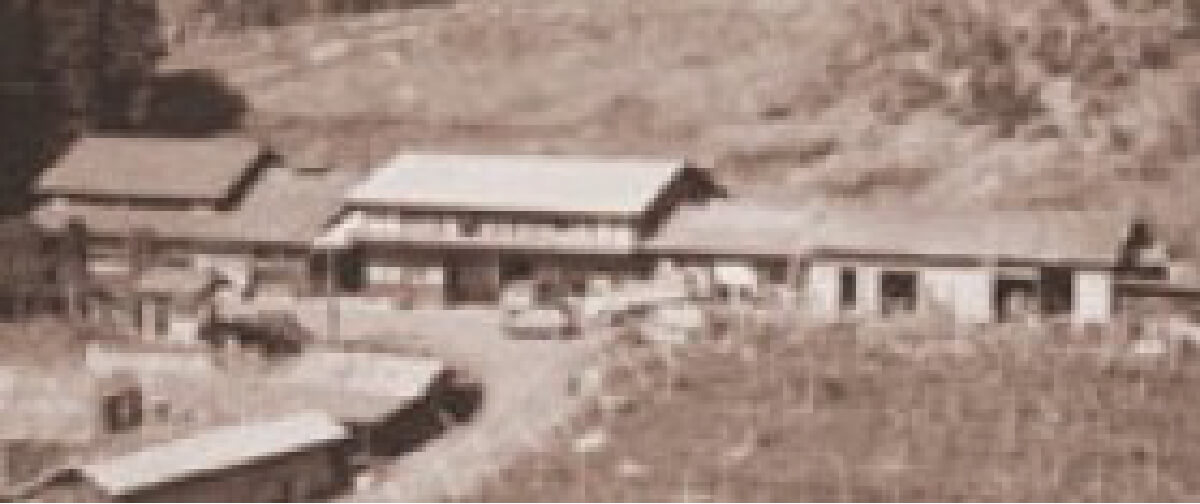
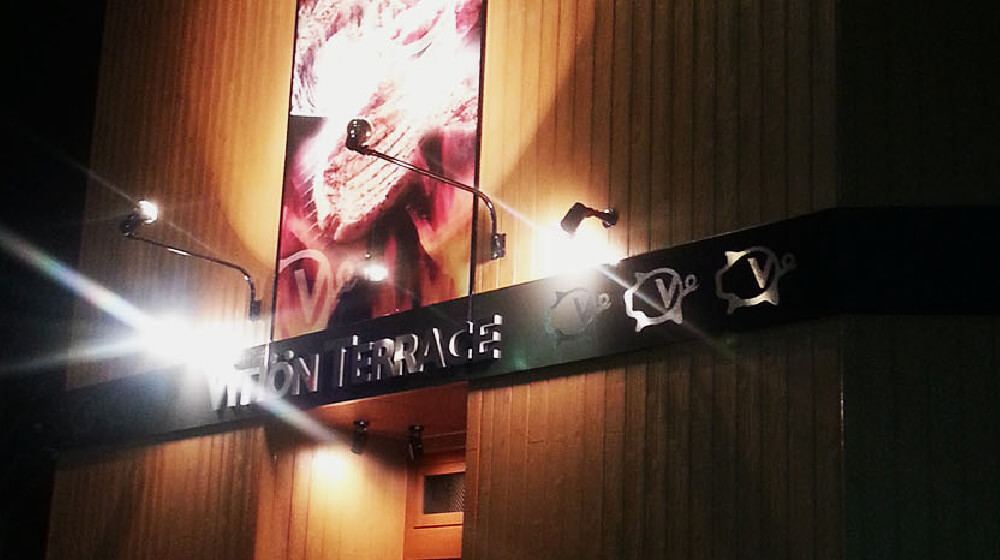 JAPAN X Specialty Store "Vition Terrace" opens.
JAPAN X Specialty Store "Vition Terrace" opens.
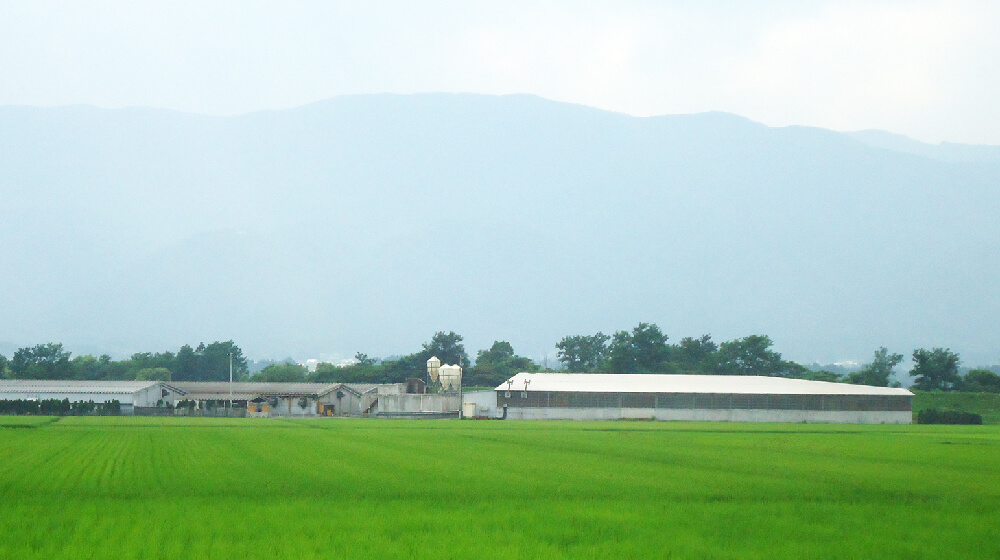 Yonezawa Sangenton Farm founded and commences operations.
Yonezawa Sangenton Farm founded and commences operations.
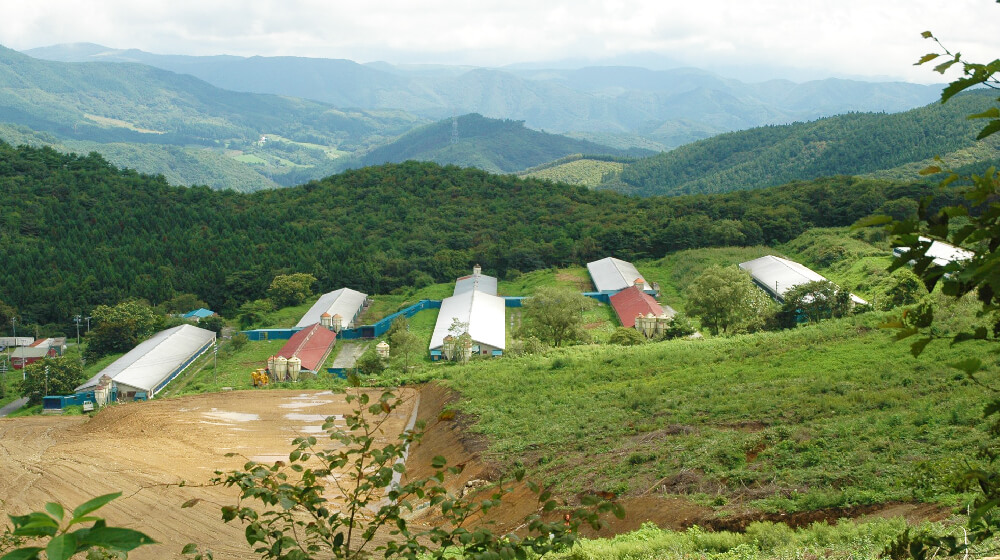 Expansion of the main livestock farm in Zao and Tontonyama farm.
Expansion of the main livestock farm in Zao and Tontonyama farm.
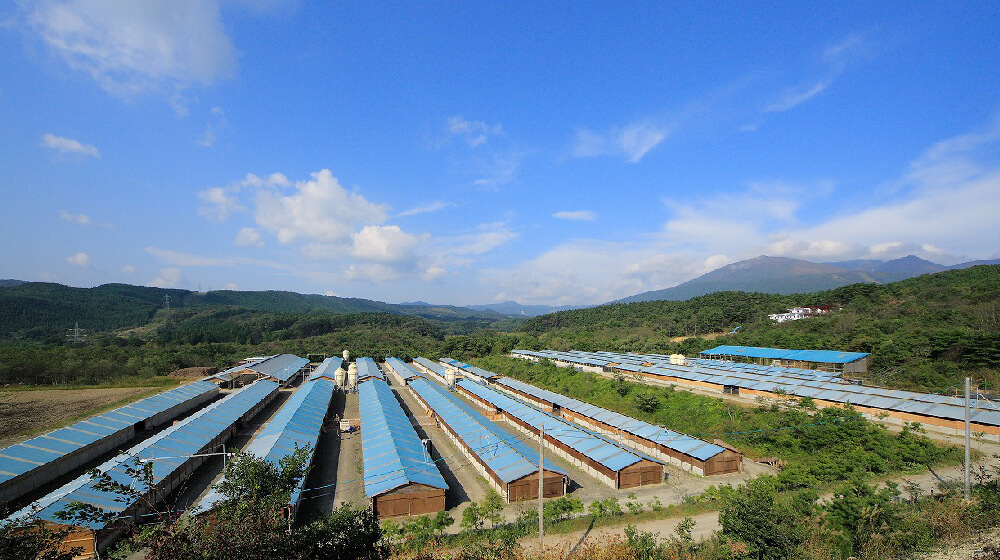 Southern Zao Farm (Minami no Ko) founded and commences operations.
Southern Zao Farm (Minami no Ko) founded and commences operations.
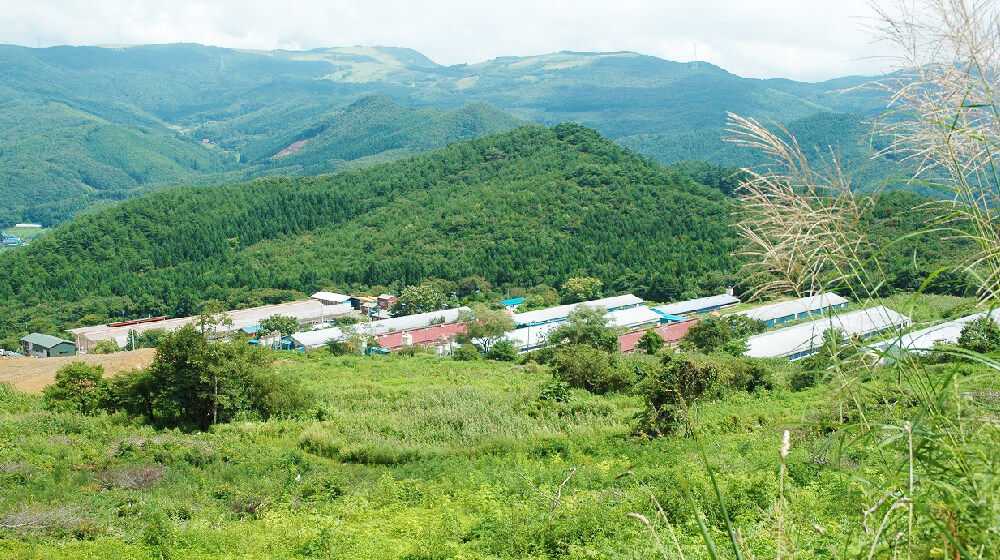 Tontonyama Farm founded and commences operations.
Tontonyama Farm founded and commences operations.
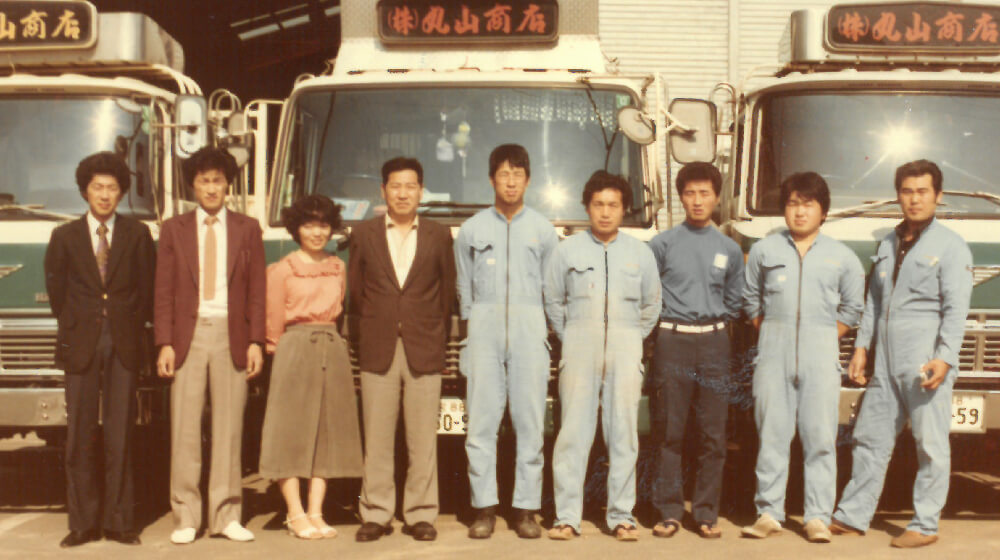 'Zao Swinery Association' established
'Zao Swinery Association' established
